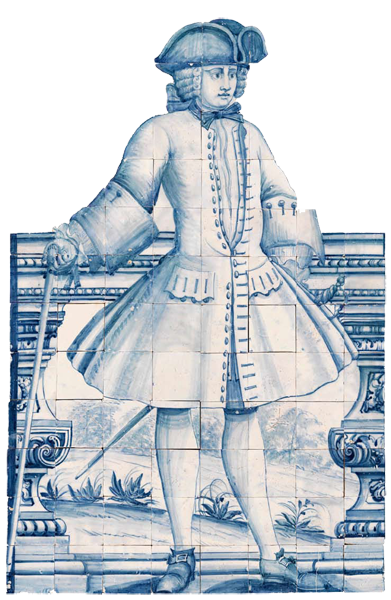

| Home | Concept | Themes | Papers Received | Important Dates | Free Workshop | Organisation | Programme | Venue | Accomodation |
 |
Glazed ceramics are used in architecture since at least the 6th century BC,
as the magnificent Ishtar Gate, partially reconstructed in the Berlin Pergamon
Museum, testifies. |
|
Under the influence of Chinese porcelain and
Dutch productions in the famous Delft Blue, cobalt blue painting over a white
tin glaze eventually became prevalent and inextricably associated with the
baroque architecture of both Portugal and Brazil.During the 19th century azulejos found a new utility in Portugal, lining the
façades of urban multi-storey buildings, not only for decoration, but mostly
for utilitarian purposes, a unique development again shared only with Brasil.
A number of other glazed decorative pieces, including statuary, was also
routinely integrated in buildings of the Romantic era. | |
| Registration | Conference poster A2 (30 MB) | Conference flyer | Conference poster (vertical) | Conference poster (horizontal) |
| LNEC | Conference and Event Services | GlazeArch2015 Av. do Brasil 101 • 1700-066 LISBON tel.: (+351) 21 844 34 83 • fax: (+351) 21 844 30 14 • e-mail: azulejos@lnec.pt |
||||